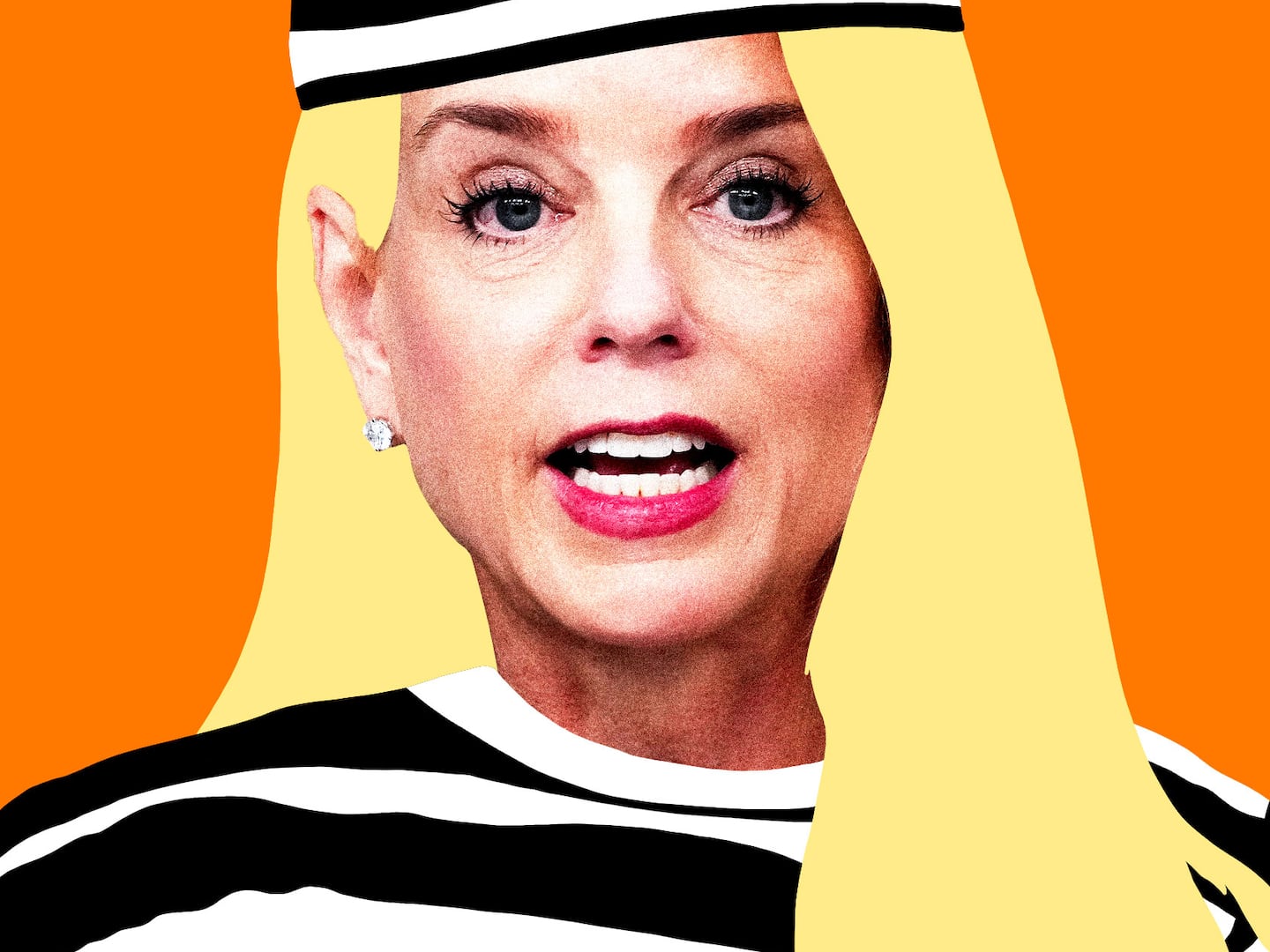
Even restaurants in which the sweet course is treated with as much reverence as the savory, pastry chefs are generally relegated to their own little section of the kitchen where they can wield with persnickety precision their bronze magyfleurs, stainless-steel fondant smoothers, and rubber sugar pumps, far from the macho, knife-and-fire worlds of the garde manger, saucier, and rôtisseur.
Most are delighted to reside in ivory butter-cream towers far from the roiling, boiling, chaotic hoi polloi below. But David Lebovitz, author of The Sweet Life in Paris, isn’t your average pastry chef.
San Francisco and Paris are the antithesis of each other, so it’s unsurprising that Lebovitz’s move from the land of green-tea-swilling Zen masters to the land of wine-guzzling stress cases was rife with lost-in-translation hiccups.
Lebovitz was a pastry chef at the culinary mecca Chez Panisse in Berkeley, California, for 13 years before hanging up his pastry bag to write cookbooks ful-time. The author of six other books, including Room for Dessert and The Perfect Scoop, he’s also an avid blogger offering up a Parisian-centric compendium of recipes, travel tips, and Wine-ing (his phrase).
While he couldn’t be accused of a failing to possess the requisite personality profile of a sugar wizard—he seems a touch high-strung, immoderately obsessed with butter—Lebovitz is a man who likes to roll with the peeps (the human ones, though I wouldn’t put a secret affinity for the marshmallow ones past him either). His wide-eyed embrace of adventure is what sent him, middle-aged and self-employed, dashing across the pond to La Ville-Lumière from San Francisco. The impetus was the unexpected death of his longtime partner; he left to pick up the pieces in Paris and start a new life.

Many a madcap adventure and six years later, he emerged—slightly pudgier, much wiser, his groove most definitively back—with The Sweet Life, a memoir of his attempt to find his place in a city not universally celebrated as a beacon of open-armed hospitality for middle-aged Americans whose French-language skills consisted of the phrase croissant au beurre.
His new book is an insouciant and instructive frolic, written in the same hepcat, casual but intelligent style familiar to readers of his blog. In The Sweet Life, Lebovitz includes 50 sweet and savory recipes (the chocolate-coconut marshmallows and bacon and bleu cheese cake recipes are reason enough to buy the book). He also offers innumerable tips that will help visitors not look as foolish as he on many a wittily documented occasion, and a handy-dandy list of obscure and well-trod gourmet hubs to hit in Paris. His balanced assessment of Paris and its inhabitants will appeal to Francophiles and those who are still eating “freedom” fries. And his accessible focus on food will whet the appetite of gourmands and food novices alike.
But while the book is an enjoyable, breezy read that will definitely accompany me on my next trip to Paris, The Sweet Life would have been more than a fleeting confection if Lebovitz had dared to delve below the superficial surface of things. Anyone curious about his personal history, what he went through when his partner passed away, or about details of his new love, Romain, will be left unsated. That’s mere quibble though—after all, we could use a few more under-sharers in the world of arts and letters.
In many ways, the cities of San Francisco and Paris are the antithesis of each other, so it’s unsurprising that Lebovitz’s move from the land of green-tea-swilling Zen masters to the land of wine-guzzling stress cases was rife with lost-in-translation hiccups.
His first taste of Paris was inauspicious, at best. Lebovitz fell in love with pictures of his apartment online (located in the Bastille—yes, that Bastille) and moved in sight unseen, only to find a tiny urban jungle of dead plants, a mysteriously stained futon, cigarette butts, empty beer bottles and a ticker-tape parade of dusty plaster, courtesy of a collapsing stucco ceiling. Worst of all, he discovered that what appeared to be a relatively roomy kitchen on his computer screen in San Francisco, was in reality, a Lilliputian closet containing a possessed dishwasher, a sloped ceiling he couldn’t stand up straight in, and enough counter room for exactly one mixing bowl.
His introduction to the City of Love was a harbinger of many “no means yes” paradoxes to come. In fact, Lebovitz’s unsystematic analysis of Parisian absurdities turns The Sweet Life into a kind of Junior League anthropological study of American and French culture and each one’s perception of the other.
In Paris, for example, one consumes bananas with a knife and a fork; hamburgers too—unless you’re in the wildly popular MAK-doe-Nahlds, in which case it’s completely acceptable to manhandle one’s Le Big Mac à l’ Américaine. But whatever you do, never ask to use the bathroom in someone’s home—the height of rudeness.
In his six years in Paris, Lebovitz transforms himself from a clueless American duckling into a knowing Parisian swan. (After reading The Sweet Life, that could be roughly defined as a person who mercilessly cuts lines, wears a tightly knotted scarf whenever possible, irons his jeans, hydrates with wine, and dresses up to take out the garbage.)
Lebovitz sails through the chaos he finds and creates with panache, and when that fails, bribery; he discovers that being a pastry chef and writing about it in France is roughly equivalent to being a pro-football player who just scored a winning touchdown in the States. So whenever he needs a visa or wants to butter up a frigid food vendor, he proffers an autographed cookbook or a plate of dulce de leche brownies—and in emergency situations, both.
It would be wise to pack a few of the decadent goodies, along with The Sweet Life, on a trip to Paris. A sublime version of the treats is available on www.davidlebovitz.com.
Kathleen Willcox is a freelance writer and a student at the Institute of Culinary Education.






